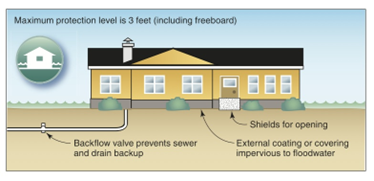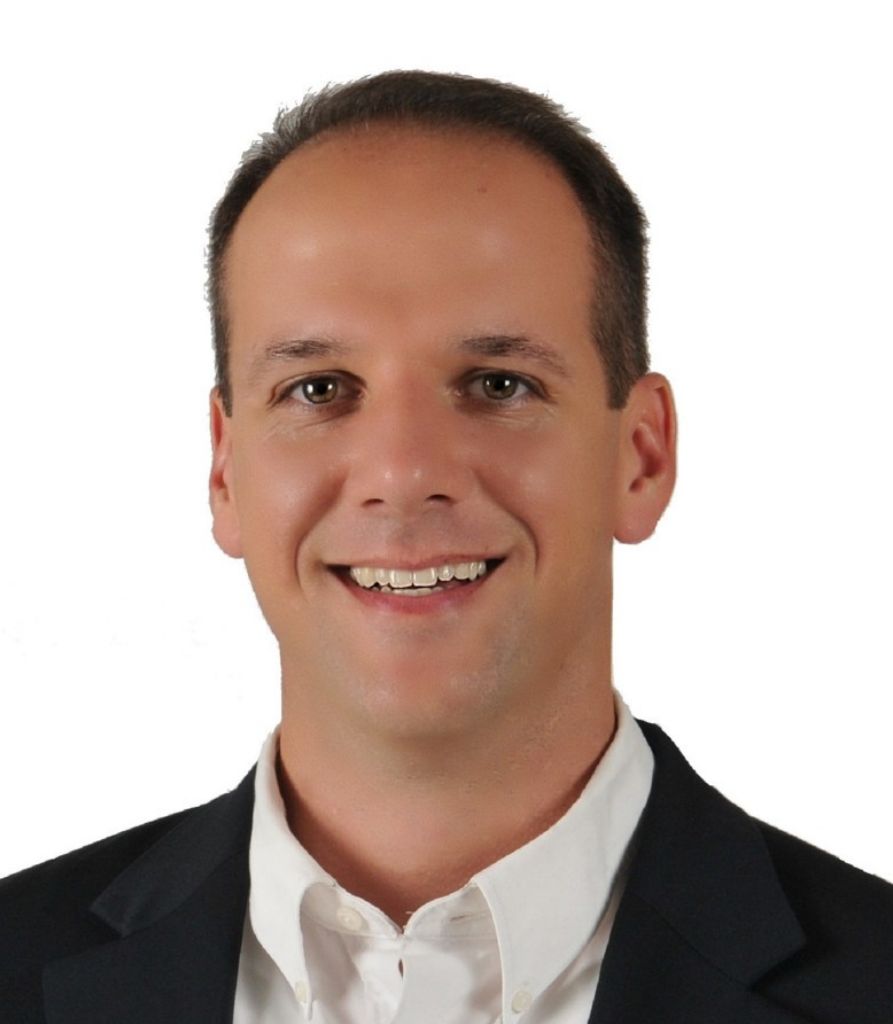“How much
can I get for how little?”
This is the usual
question from a potential buyer of “Term” Life insurance.
But for our Residents,
Fellows, and young Physicians who want to protect their life and their family,
it’s an incomplete question.
The better
question is, “How can I inexpensively protect my family from bad
consequences while we buy time for our assets to grow to a point where we won’t
need Life Insurance anymore?”
Thinking through
potential bad things that can happen is no fun, especially with the
understanding that the probability of something catastrophic happening (other
than death) is highly unlikely to happen to you.
And you’re right.
It is not going to happen to you. That’s right … it is statistically NOT going
to happen to you.
But it does happen
to some … and when it does, the consequences are either tolerable or
devastating, leaving one either emotionally comfortable or severely distressed.
Keeping in mind
that insurance, by nature, is intended to cover “low probability/highly severe financial
consequences”, there is a difference between “inexpensive” Life Insurance (the
goal) and “cheap” Life Insurance (the mistake).
So, what
makes term life insurance “cheap”?
After 24 years of
working exclusively with Physicians, I’ve experienced a lot. The issues that
follow are very real … (We’ll just leave it at that … but I can tell you that I
am much more “mindful” of structuring Term Life Insurance now than I was 24
years ago …).
So, let’s look at an
example of this low probability circumstance happening to someone like you…
A Physician, age
30, buys a $1,000,000, 20-year Level Term Life Insurance policy. She is
delighted because, after a comprehensive search, she found the least expensive
contract. She got the best rating class possible: only $25.73 a month. Such a
deal!
Then, at age 42,
with three young children, she is diagnosed with MS and is partially disabled
and can practice only part time.
By age 45, she is totally
disabled and not working at all.
So here’s the
situation …
Typically, if one is disabled early in one’s career, one has
not enough time to attain enough assets for retirement (and other
objectives, such as a child’s college tuition). This is because the monthly benefits being
received from one’s disability insurance benefits leaves little to save. There simply
is not enough money.
This was the reason for purchasing the Term Life Insurance
15 years ago.
Now the life insurance takes on greater value … It’s there
to do what was intended … to make sure there are assets there for the family …
But does it?
Here is what her Life Insurance policy can and cannot do for
her and her family …
This was the lowest premium … and it is, indeed, a cheap
policy …
- She has 5 years left on her 20-year level term. Then you know what happens at the end of the level term? It becomes very expensive … onerously expensive … and increases in premium every year. So, with a tight budget, it quickly becomes unaffordable … at just the wrong time …
- She is now uninsurable and cannot get a new policy.
- Her policy could have been convertible to a longer term, but only during the first 10 years …
Talk about stress … At a time when one is emotionally vulnerable,
now there is additional stress.
So, how could this have been avoided?
There could have been a longer “conversion” period put on the original policy. This would have allowed for the policy to be stretched to a longer term.
A conversion to a “permanent” policy is no bargain at
this point; it has a much higher premium; it is around $1,000 per month;
$12,000 per year … year after year. But, at least one would have had the
option.
Please Note: longer conversion periods cost pennies
more per month … but need to be applied for and put on the original policy
at inception.
Could a better
decision have been made back when the policy was originally purchased?
The answer is “yes”. There could have been a “Waiver Of Premium” Rider on the policy.
Waivers differ with each Insurer, but “strong” waivers
waive premiums when one is totally disabled … and continue to
waive them past the “level” term period … Many will waive it all
the way until one passes … no matter how long one lives.
Disability waivers typically cost about $12 – $15 per million
per month.
If this had been part of the policy, the contract would
have stayed in force free of charge.
So, the result could have been less stress, knowing
that one’s family would be getting that $1,000,000 no matter how long or how
short one’s life would have been.
Could decisions
have been made that would have been even better than this?
The answer is “Yes”. This could have been a contract with the ability to both “waive” the premium and then convert it to a permanent contract, which, if one is totally disabled, not only waives premiums, but it funds itself, that is, the Insurer pays the premium.
Now that same $1,000 per month is deposited into
the contract by the Insurer and would have been building a cash
reserve for the insured that could have been accessed later in
life.
At age 65, the cash would have probably been in excess
of $500,000 … and, of course, there’s the Life Insurance …
Now, instead of
stress, there is the emotional comfort of knowing that one’s family is
financially sound no matter if one lives a long time or dies prematurely.
There’s a little bit more to this story …
A “20” year level
term is, by far, the most common “term” chosen by young Physicians … and, with
me having been around for 24 years, many of those 20-year terms are coming to
an end.
As mentioned
before, once the “level” term ends, these contracts get incredibly expensive …
No one ever keeps them …
The thing is … Many,
now at age fifty-something, still want some life Insurance. “The kids are still
in college” … Not quite enough yet in the Retirement plan … Just want the extra
million for another 10 – 15 years of so …” are commonly heard reasons.
Well, back at age
30, that 20-year term for $25 per month could have been a 30-year term for $44,
but it was decided back then that was just a little too “pricey”.
Now, at age 50, if
one is healthy, a new 10-year level term is $75 per month and a new 20 year
term is $119 per month.
And again, that is
assuming one is still in good health …
In closing, if you
want the cheapest Life Insurance, anyone can shop for you.
But, as a young Physician, if you want “inexpensive” insurance with the appropriate protections for you and your loved ones, our promise is to watch out for you and provide the right kind of guidance.
Dave Serena
Dave Serena is in his 25th year as an Agent with the Wisconsin Medical Society’s Insurance Group: Wismed Assure. He has Physician clients in 36 states and continues to provide them with life-long counsel and guidance. His position is that Physicians are free to practice high quality medicine and enjoy their families when they are confident about their personal financial security. Contact WisMed Assure at insurance@wismedassure.org 608.442.3810
















